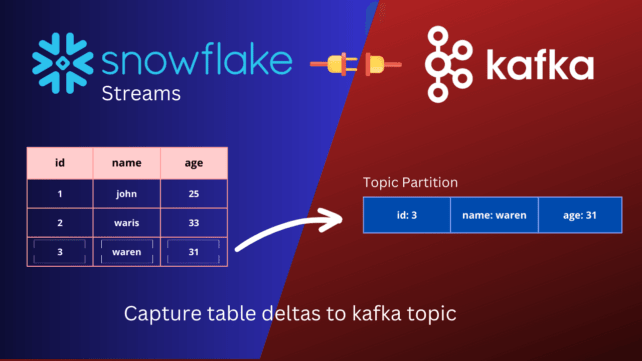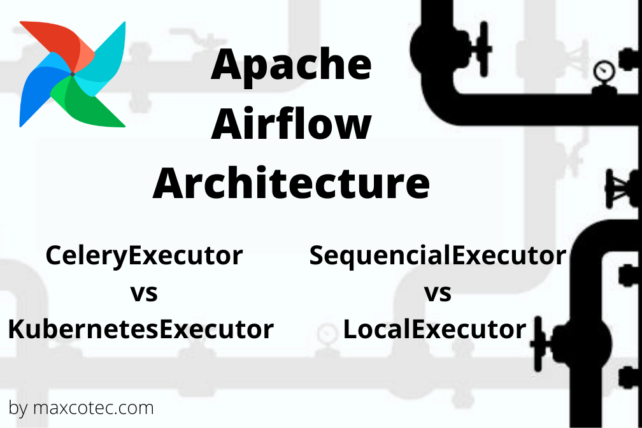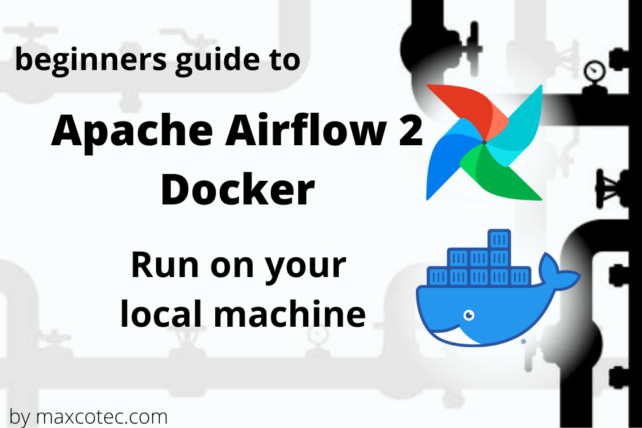Key Feature
- This article discusses some of the best Backend Frameworks in 2023 suggested by the developers themselves.
- These backend frameworks range widely from Node.js to Spring, Django, Flask, Express, RoR, and ASP. Net Core.
- Each framework has distinct characteristics like scalability, easier management, built-in features, SEO-friendliness, speed, simplicity, and customization.
- With flexibility, ease of use, and compatibility with modern techs, these frameworks have become the most reliable and popular frameworks among developers for developing sturdy backends.
- Standing strong against the test of time, these are still the best backend frameworks in 2023 too that will yield you your desired result-oriented digital solutions.
With an ever-increasing need for digital apps, and SaaS products, backend languages are getting higher priorities. Companies are looking to hire backend developers to support their digital transformation visions. Among numerous backend frameworks, there are only a few popular ones for app and web designing.
Backend frameworks are the core of any interactive web application. They handle the complex business logic, input, output, and almost all aspects of an application. Backend languages and frameworks run behind the user interfaces, and they interact with databases to fetch or store data and provide users with their requested data. Such frameworks also control what your application does, which is opposite to what front-end frameworks do.
If you want to build a great application, then backend developers are the most reliable sources for information who work with these frameworks. Going forward, we will have a look at some of the top backend frameworks in 2023 to work with.
Best Backend Frameworks in 2023
NodeJS

Today NodeJS is one of the best backend frameworks to exist. It was released in 2012 at a JavaScript Conference. Since then, it has changed the landscape of web development using JavaScript. Before the introduction of this framework, JavaScript was only used in the front-end development of web apps, but this framework changed it. It was built upon the OOP concepts from ES6 JavaScript, and based on the superfast Chrome V8 JavaScript engine. Both these things enabled Node.js to power the backend for high-performing web applications.
Node.JS comes with a unique event-driven and non-blocking IO model, which ensures that every request is served as and when it is received. Moreover, with the event-driven model, the app is always looking for event triggers, and the code runs only when events are encountered. Many large tech companies like Netflix, Twitter, Airbnb, Instagram, PayPal, and more have used the Node.js framework to power their app’s backend architecture which has significantly improved their app performance and execution speeds.
Django

Django is an MVT-based(Model-View-Template) backend framework written in Python. It is used to develop superfast and scalable apps using the Python stack. The best part about this backend framework is that it comes with an admin panel, routing, templating engine, etc. so you don’t have to download or install libraries from exterior sources. It comes with an efficient Object-Relational Mapper, which helps you create models of your database tables and manage them through code.
Like many other backend frameworks, Django also emphasizes security and application protection. Due to this, it comes with a wide variety of security features like XSS protection, CSRF prevention, SQL injection prevention, and clickjacking protection. Also, Django supports various relational databases like PostgreSQL, MySQL, Oracle, etc. Moreover, if you are building an app that requires an admin panel, this framework can be a great choice as it comes pre-configured with an admin panel. Through this panel, you can manage all the admin parts of the app seamlessly.
Spring

If you are looking to build high-performing Java web apps, Spring is the best option. It is an open-source backend framework that helps in building applications using the Java language. Spring is often known as a framework of frameworks as it provides developers to choose the functionalities they want to include in their apps and the ones they want to leave out. Spring Boot which is a part of this package provides all the boilerplate code and configurations that are required to build microservices and web applications. Due to this, developers can focus more on creating better application code rather than spending time on configuration management.
If you like to follow certain design patterns and love organized code and structure, Spring is a great framework. It makes it way easy to implement certain design patterns, and anyone with some good experience can implement them. Spring follows an Aspect-oriented programming approach, due to which developers can easily separate core business logic from certain regular functionalities. Implementing logging, monitoring, and other such application-wide functionalities is relatively easier in Spring due to AOP.
Flask
 Flask is a lightweight Python micro-framework built on the WSGI toolkit that enables developers to handle HTTP requests and answers in Python. It is often called a micro-framework in Python because it comes with only the basic things configured and lets developers select the libraries they want to use. Also, Flask comes with the Jinja templating engine, which helps you develop dynamic web pages on the go by passing relevant data to your templates.
Flask is a lightweight Python micro-framework built on the WSGI toolkit that enables developers to handle HTTP requests and answers in Python. It is often called a micro-framework in Python because it comes with only the basic things configured and lets developers select the libraries they want to use. Also, Flask comes with the Jinja templating engine, which helps you develop dynamic web pages on the go by passing relevant data to your templates.
Moreover, Flask is driven by a suite of essential tools and capabilities for developing powerful, secure, and responsive online apps. Developers may gain additional flexibility and control over their projects by using Flask. They can also create apps leveraging the microservices architecture.
If you like to customize and set up your apps from scratch, Flask is a great choice. It provides an option to customize almost every part of your app with ease.
ExpressJS

If you know how to work with NodeJS and want to update your applications, you should try out the ExpressJS framework. It sits on top of the NodeJS framework and makes it even better.
The Express.js ecosystem makes it simple to integrate middleware, templating engines, authentication modules, and other plugins into an Express.js application. It is an extensible framework that allows for the easy addition of third-party modules and plugins to the web application for increased functionality. Even though it comes with several libraries, you can install anything from the NPM repository. Additionally, ExpressJS comes with robust error-handling mechanisms which make your applications stable and secure. Moreover, they are quite good at socket connections and HTTP requests alike. If you are looking to build a futuristic application, this is the framework you want to use.
Ruby on Rails

Ruby developers have a beautiful framework to work with, and it is called Ruby on Rails. It is one of the most stable Ruby frameworks and is used in the development of web applications.
This framework works extremely well in MVC architecture when combined with external libraries. Testing is even easier when you work with RoR, as it comes with an integrated testing library. This library can help you write unit, integration, and functional tests with ease. Ruby on Rails is a backend framework loved by many tech companies like Airbnb, Shopify, Github, etc., but it has a common scalability issue. It cannot perform at the best levels after some scaling, and companies need to migrate their products to better scalable frameworks.
ASP.NET Core
 ASP.NET Core is a Microsoft framework used for building .NET-based web applications. Many people mistake it for ASP.NET, which was a Windows-only development framework, while this is a cross-platform web app development framework. You can connect with the best .NET development company that avails the latest technologies to build backend applications for your business.
ASP.NET Core is a Microsoft framework used for building .NET-based web applications. Many people mistake it for ASP.NET, which was a Windows-only development framework, while this is a cross-platform web app development framework. You can connect with the best .NET development company that avails the latest technologies to build backend applications for your business.
It follows the MVC architecture and also provides options to integrate other libraries to ease down development tasks.
Conclusion
No matter which framework you choose, all these are the best backend frameworks in 2023 that are fantastic and futuristic. They can help you build excellent applications with sturdy and reliable back-ends that can perform well in all conditions. So choose the framework of your choice, and build a team of talented engineers in that framework today.






